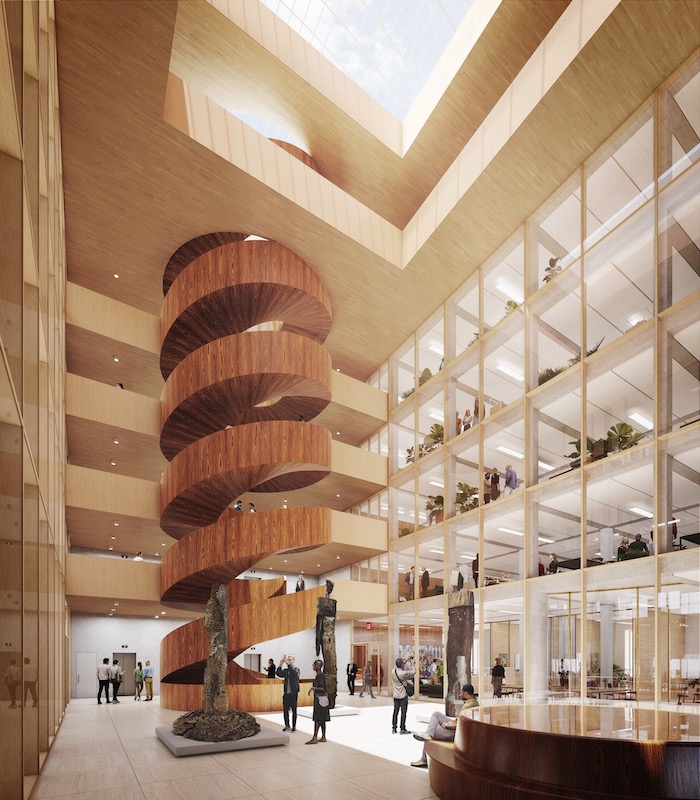Construction
Building construction refers to the process of creating structures, typically referred to as buildings, by assembling various materials and components in a planned and organized manner. This process involves a series of steps, from planning and design to actual construction and completion. Here are some key aspects of building construction:
-
Planning and Design:
- This stage involves conceptualizing the building, creating architectural and engineering plans, and obtaining necessary permits and approvals.
- Architects and engineers work together to design the structure, ensuring it meets safety standards, functionality requirements, and aesthetic preferences.
-
Site Preparation:
- Before construction begins, the construction site is cleared of any existing structures, vegetation, or debris.
- Excavation and grading may be necessary to level the ground and create a stable foundation.
-
Foundation Construction:
- The foundation is crucial for supporting the entire building. It’s typically made of concrete or other suitable materials.
- Different types of foundations include slab-on-grade, crawl space, basement, and pier foundations.
-
Structural Framework:
- The building’s structural framework is constructed using materials such as steel, concrete, wood, or a combination of these.
- This framework forms the skeleton of the building, providing support for walls, floors, and the roof.
-
Building Envelope:
- Walls, roofs, windows, and doors are installed to create the building’s envelope, protecting it from external elements.
- Insulation and moisture barriers are often added to enhance energy efficiency and comfort.
-
Utilities and Systems:
- Plumbing, electrical, HVAC (heating, ventilation, and air conditioning), and other utility systems are installed to make the building functional and comfortable.
-
Interior Finishes:
- Interior walls, ceilings, flooring, and other finishes are installed to give the building its final appearance.
- This stage includes painting, tiling, carpeting, and other decorative elements.
-
Exterior Finishes:
- Exterior siding, cladding, roofing materials, and other finishes are added to protect the building and enhance its aesthetic appeal.
-
Final Inspections and Testing:
- Before occupancy, the building undergoes inspections to ensure it meets safety and code requirements.
- Systems are tested to ensure they function properly and efficiently.
-
Occupancy and Maintenance:
- Once inspections are passed, the building can be occupied.
- Ongoing maintenance is essential to ensure the building’s longevity and functionality.
Building construction can vary significantly depending on factors such as the type of building (residential, commercial, industrial), location, materials used, and construction methods. It requires collaboration among architects, engineers, contractors, subcontractors, and various tradespeople to successfully bring a building project to fruition.



